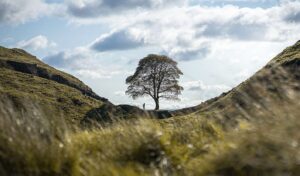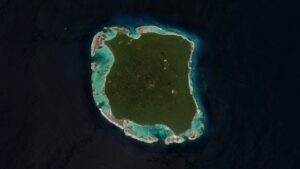Deep in the Nevada desert lies a pool of water that can turn an earthquake into a tsunami from thousands of kilometres away.
(Well, a very small tsunami.)
When a magnitude 7.6 earthquake rocked Mexico last week, it triggered 1.2-metre waves in Devils Hole, a cave pool located on the outskirts of Death Valley National Park.
This self-contained “desert tsunami” occurred five minutes after the earthquake hit Mexican states Colima and Michoacán at 11:05 am Pacific Time — but 2,500km away.
Such a wave is technically called a seiche — a standing wave in an enclosed body of water.
The pool’s sensitivity did not surprise National Park Service officials. They’ve learned that Devils Hole serves as “an unusual indicator of seismic activity around the world”.
Large earthquakes in Japan, Indonesia, and Chile have caused the pool to slosh like water in a bathtub, with waves splashing as high as two metres.
Not just any earthquake
However, Devils Hole will not register just any earthquake. A 6.8 magnitude earthquake hit Mexico‘s southwest coast three days after the previous one, near the same epicenter. But it did not create any waves in Devils Hole, aquatic ecologist Kevin Wilson told the L.A. Times.
“It depends on the depth, magnitude, and location around the world,” said Wilson. He added that most quakes along the Pacific Ocean’s Ring of Fire at or above a magnitude 7 will register in Devils Hole.
What effect do these quakes have on the partially water-filled cave itself? Located in Nye County, Nevada, Devils Hole is the only home of the endangered Devils Hole pupfish. Only 175 survive.
These self-contained tsunamis could harm the small fish, which depend upon algae that grow on a shallow, sunlit shelf in the cave. These waves stir the sediment and rocks on the shallow shelf of Devils Hole, and can wash the algae away.
Still, wildlife officials aren’t too worried — the fish have survived such disturbances before. “We didn’t find any dead fish after the waves stopped,” said Wilson.






